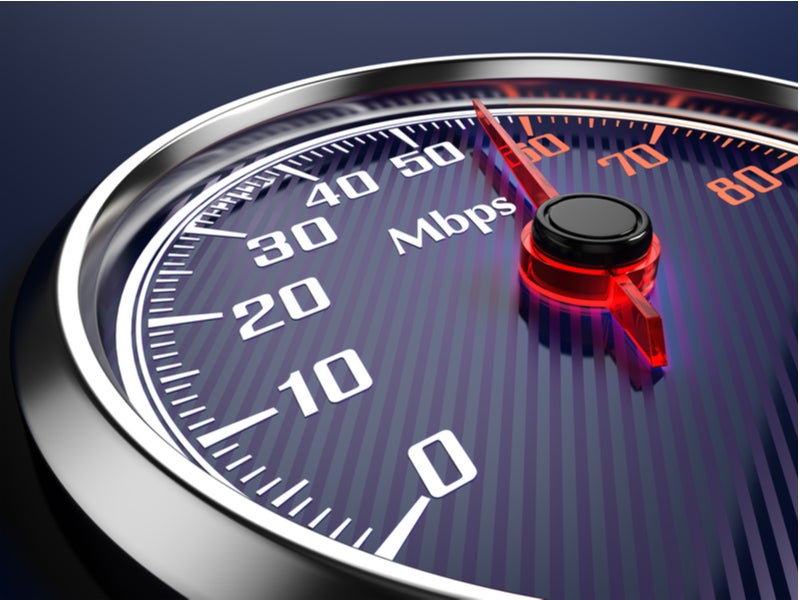
With early deployments of 5G now underway in the US, it is becoming clear that all 5G is not created equal and performance thus far varies wildly depending on operator, city and spectrum being used. The good news, however, is that, in the handful of spots where 5G is available from Sprint and Verizon, both network operators are seeing a significant improvement compared to 4G/LTE.
Getting up to speed with 5G in the US
According to Ookla, which measures network performance using its Speedtest mobile app, Sprint network testing in July showed a near 200% improvement on 5G networks compared to LTE, boosting download speeds to 236 Megabits per second (Mbps), an impressive showing, but not nearly as impressive as Verizon’s 751% increase in network performance. Verizon customers on 5G reported stunningly high throughput speeds of 870 Mbps on average, with some customers seeing downloads as high as 2,353 Mbps. (By comparison, that’s more than double the speeds offered by even the most advanced fibre-based networks for home broadband).
Nearly as impressive as improvements in download speeds are improved speeds for network uploads. That is an important factor, particularly in environments such as stadiums and arenas where thousands of phone users look to upload videos to Facebook, Instagram, and a host of other social media sites. On that front, Ookla reports significant performance boosts as well. For example, Sprint’s upload speeds in Chicago improved 152% to 20 Mbps, while Verizon’s network in Providence, Rhode Island improved 79% to 51 Mbps, with some users seeing speeds as high as 134 Mbps.
However, there’s a catch: Sprint’s 5G network is offered in the 2.5 GHz band, while Verizon is offering service in “millimetre wave” spectrum in the 28 GHz band. To greatly oversimplify, what that means is that Sprint can offer 5G across a much broader coverage area but with less dramatic performance improvements over LTE; by contrast, Verizon can offer significant performance improvements but only in dense urban environments. And the wide variability in performance is likely to be exacerbated further as AT&T and T-Mobile join the fray. Like Verizon, AT&T’s initial 5G deployments also use mmWave spectrum; by contrast, T-Mobile will rely on 600 MHz, promising the broadest coverage but the least impressive improvements compared to 4G/LTE.
How well do you really know your competitors?
Access the most comprehensive Company Profiles on the market, powered by GlobalData. Save hours of research. Gain competitive edge.

Thank you!
Your download email will arrive shortly
Not ready to buy yet? Download a free sample
We are confident about the unique quality of our Company Profiles. However, we want you to make the most beneficial decision for your business, so we offer a free sample that you can download by submitting the below form
By GlobalData




Related Company Profiles
Meta Platforms Inc